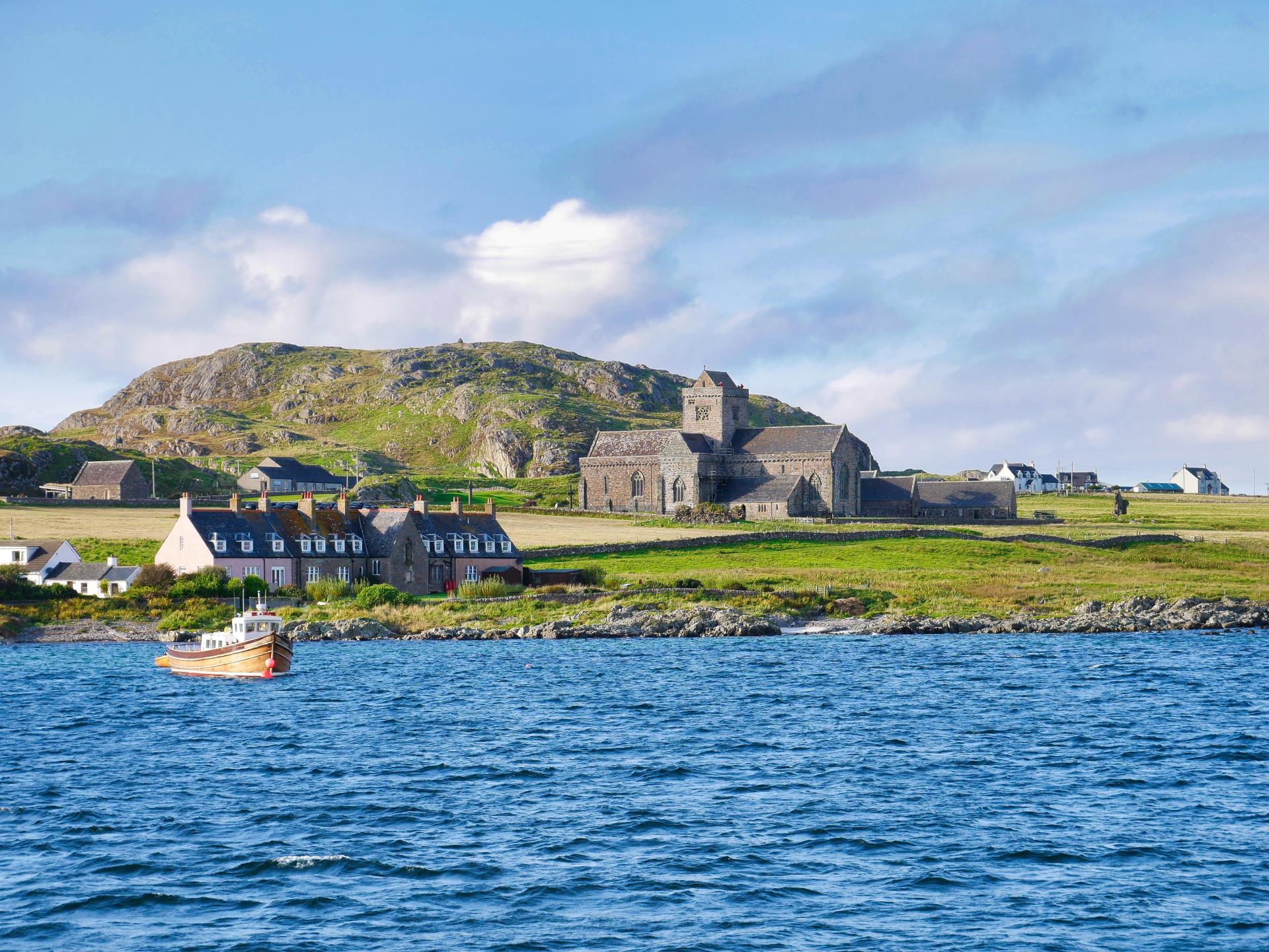We were heading along the side of a Highland loch on a main transport route, amidst torrential rain and dire weather warnings.
Drivers were clearly making allowances for the conditions. Then came one, two, three, four and five who most certainly were not.
All in high-powered sports cars, they were overtaking everything in sight. Dodging in and out on short stretches of road before corners. They were obviously together. They were obviously racing. They were obviously endangering others. (Similar behaviour is reported from the North Coast 500 route.)
Half an hour after we had been overtaken, we came upon them again. This time, standing outside their expensive motors. A group of youngish men looking at one of their vehicles sitting in a ditch.
The German word schadenfreude came to mind – pleasure being derived from another’s misfortune. Translating into modern Scots as: “Get it right up you, mate, you had that coming.”
There could be no debate over whether it was the road or the driving that was responsible. But it is an issue sometimes raised in the controversy over the A9, stemming from the Scottish Government’s failure to deliver its 2011 commitment to dual the road all the way between Perth and Inverness by 2025.
In February this year, then transport minister Jenny Gilruth finally admitted that the 2025 target was unachievable. Eleven miles have been dualled in over a decade, leaving over 70 miles still to be upgraded.
Opposition MSPs, understandably, are determined to pursue this. They say the Scottish Government’s failure to deliver is compounded by only one of the remaining nine single-carriageway sections (Tomatin to Moy) now going out to tender
Both Nicola Sturgeon and her first minister successor Humza Yousaf are due to appear before a Holyrood inquiry. Both held the transport brief, as did Alex Neil.
Mr Neil told Holyrood’s transport committee he had been assured by officials that it was perfectly feasible to complete the dualling to Inverness by 2025. He had been given a detailed plan in 2012, setting out timelines for each section.
The road’s current combination of dual and single-carriageway sections, with different speed limits for cars, motorcycles and HGVs, appears to be a real problem. In February, it was reported that the number of people killed in crashes on the route between Inverness and Perth had risen to its highest level in 20 years in 2022. Thirteen people lost their lives in eight fatal accidents on the 112-mile stretch.
Ongoing challenge of Highland and island roads
Roads in the Highlands and islands have long presented a huge challenge to governments, local and national. And it is not always about building four-lane dual carriageways.
It was only in May 2009 that the final piece of the A830 Fort William to Mallaig road was opened, after a campaign of over 70 years. It had been the only trunk road in Britain to have significant single-track stretches. Every day, huge fish wagons had to negotiate the tortuous twists and turns to get their fish to southern markets. Sometimes they didn’t manage, and the road would be closed.
The A849 road through Mull from the ferry terminal at Craignure to that at Fionnphort is still a single track.
This is the route the vast majority of the 130,000 visitors a year to Iona take. It is a fact of islanders’ lives.
For decades, there has been a dream of establishing a twin-track road down the Western Isles archipelago. Bridges and causeways have been built, and new ferry services introduced. All part of the route from the north of Lewis through Harris and the Uists to Eriskay, and over to Barra and Vatersay.
But, according to Comhairle nan Eilean Siar, there are a few vertebrae missing from this transport spine. Some 107 miles have been upgraded to twin-track, but 46 miles remain single-track with passing places. In February, it was announced that the local authority failed to get “levelling up” money from the UK Government. Some was to be spent on roads.
Level down – and build tunnels instead
There is only one Scottish island which boasts a trunk road (that is responsibility of the Scottish Government): Skye. With the opening of the controversial Skye Bridge in 1996, the A87 was extended to Portree and on to the Outer Isles’ ferry terminal at Uig.
53,000 people in the Faroe Islands can drive through 20 tunnels, with more on the way
All other island roads are the responsibility of the local authorities in Shetland, Orkney, the Western Isles, Highland and Argyll. We have daily reminders of Scottish councils’ ongoing financial plight. It is, therefore, unlikely that any major new road improvement schemes for islanders will be announced soon.
Meanwhile, their 53,000 counterparts in the Faroe Islands can drive through 20 tunnels (some tolled), with more on the way. Three are long and meet at the world’s first underwater roundabout, 72 metres below the surface. A sort of levelling down many in Scotland’s islands might welcome.
David Ross is a veteran Highland journalist, author and a supporter of Community Land Scotland













Conversation